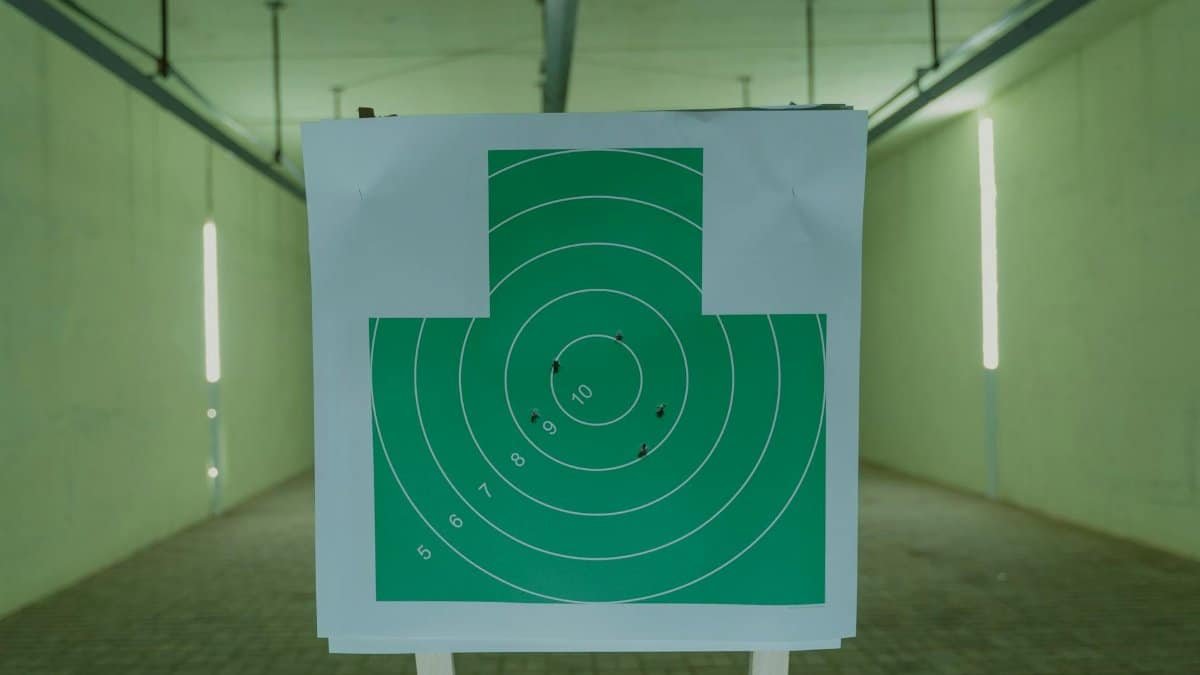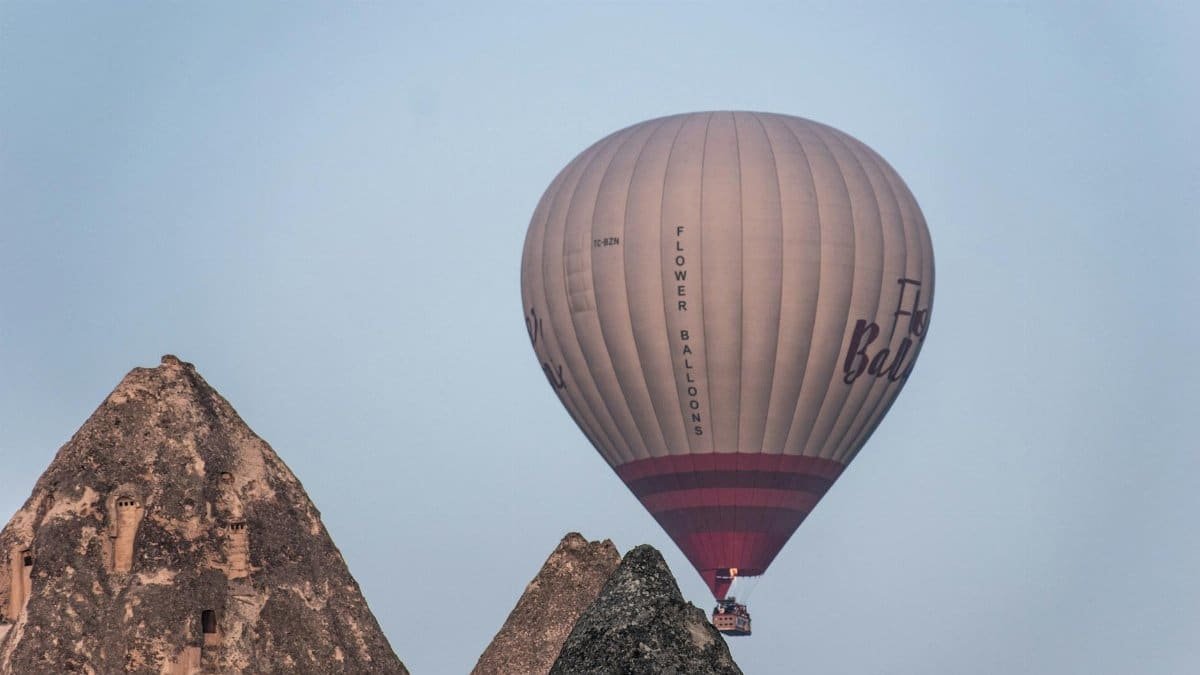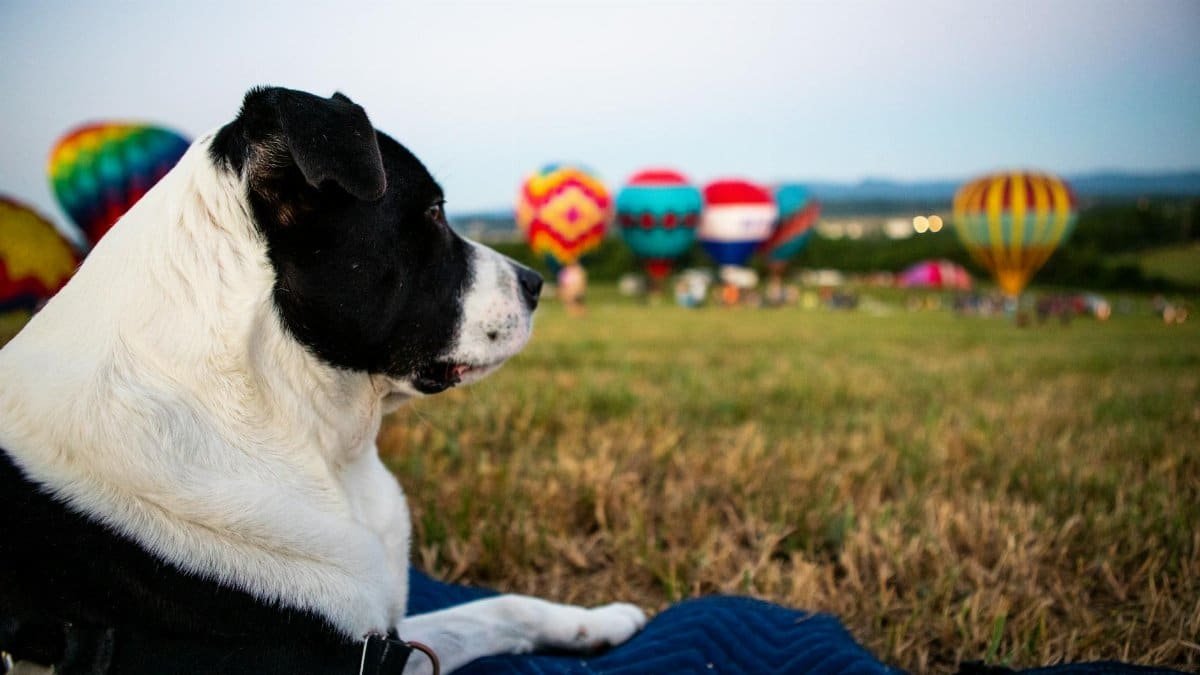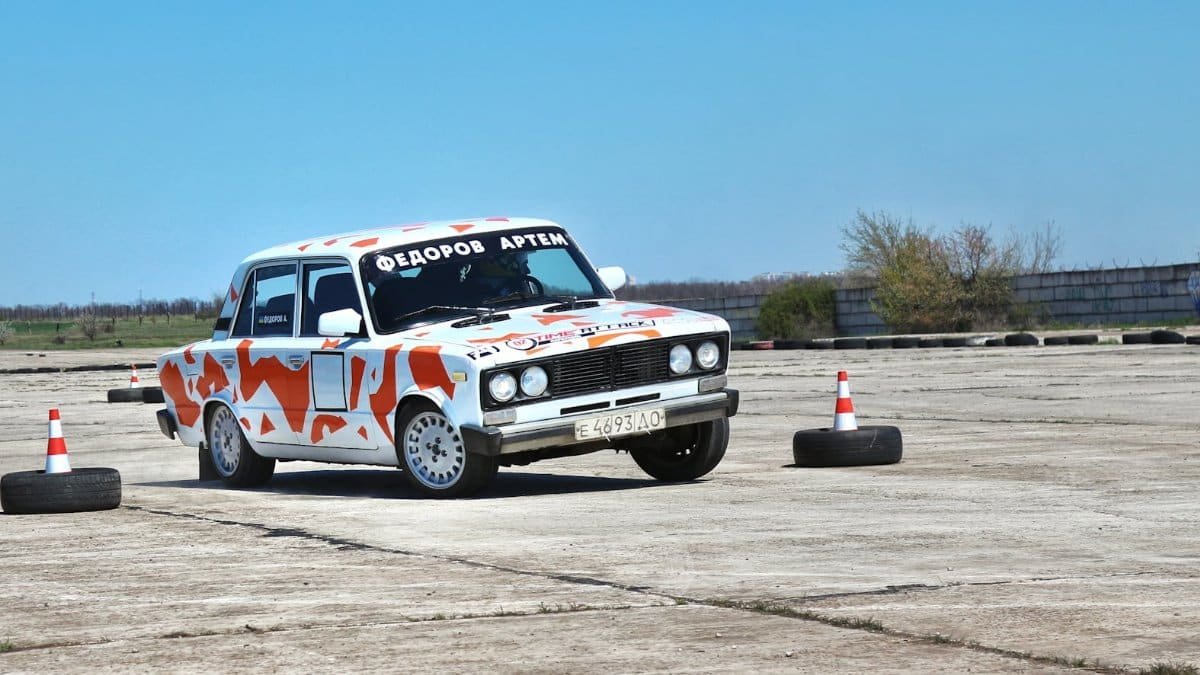Is teaching kids to manage stress as simple as blowing up a balloon? Balloon breath games are gaining traction among parents and educators as a playful way to introduce deep breathing techniques. These activities not only entertain but also help children develop emotional regulation and focus. From balloon races to creative storytelling, these games turn a basic skill into an engaging experience. Here’s how 14 kid-friendly balloon breath games can transform playtime into a calming, skill-building session for children in 2025.
1. Balloon Blow-Up Challenge

Start with the basics: have kids inflate a balloon using slow, deep breaths. The goal isn’t speed but control—encourage them to take their time, focusing on steady breathing. This game teaches breath awareness while building lung capacity. Make it fun by seeing who can keep their balloon inflated the longest without popping it. It’s a simple way to introduce mindfulness through play.
2. Balloon Race

Set up a racecourse on a table or floor and have kids blow their balloons across the “finish line” using only their breath. This game promotes controlled exhalation and gets kids giggling as balloons veer off course. It’s perfect for group play and helps children practice pacing their breathing without even realizing it.
3. Balloon Keep-Up

Challenge kids to keep a balloon in the air using only their breath. No hands allowed! This activity builds focus and breath control as they learn to adjust their exhales to keep the balloon afloat. It’s a lively game that doubles as a stress-relief exercise for energetic little ones.
4. Balloon Storytime

Combine imagination with breathing by having kids blow up a balloon slightly for each part of a story they tell or hear. For example, “The dragon grew bigger!” means a big breath to inflate. This ties emotional expression to physical breathing, helping kids connect feelings with calming techniques.
5. Balloon Pop Countdown

Use balloons as a visual timer for a calming countdown. Kids take deep breaths to “deflate” an imaginary balloon in their mind, picturing it shrinking with each exhale over 10 breaths. This game works well for winding down before bedtime or during a tense moment, teaching self-soothing skills.
6. Balloon Animal Breathing

Pair balloon breath games with creativity by mimicking animals. Kids take deep “elephant trunk” breaths to inflate a balloon slowly, or quick “bunny nose” breaths for short bursts. This playful imagery helps them vary their breathing patterns while associating relaxation with fun characters.
7. Balloon Pass

In a group, have kids pass a balloon around a circle using only their breath. They must blow gently to move it to the next person without letting it touch the ground. This fosters teamwork and breath control, turning a simple activity into a cooperative challenge.
8. Balloon Target Practice

Set up lightweight targets (like paper cups) and have kids use their breath to blow a balloon toward them. This sharpens focus and breath precision, as they learn to direct their exhales with purpose. It’s a great way to gamify concentration skills.
9. Balloon Volcano

Kids pretend their balloon is a volcano about to erupt. They take deep breaths to “build pressure” by inflating it slowly, then release a big exhale as it “explodes” (let the air out). This dramatized breathing helps release pent-up energy while teaching controlled inhalation and exhalation.
10. Balloon Feather Float

If you don’t have balloons, use a feather or lightweight object. Kids blow gently to keep it floating or move it across a table. This variation of balloon breath games hones delicate breath control and patience, offering a quieter alternative for calm moments.
11. Balloon Breathing Buddies

Pair kids up to take turns inflating a balloon while their buddy counts their breaths aloud. This builds social connection and accountability as they cheer each other on. It’s a subtle way to reinforce consistent breathing habits through peer support.
12. Balloon Color Calm

Assign emotions to balloon colors—blue for calm, red for angry—and have kids choose a balloon to match their mood. They inflate it with deep breaths to “release” the feeling. This visual tool helps younger children name emotions while practicing calming techniques.
13. Balloon Obstacle Course

Create a mini obstacle course where kids must blow their balloon through hoops, around cones, or under tables. This active game combines physical movement with breath control, making it ideal for high-energy kids who need a structured outlet.
14. Balloon Breath Relay

In a relay race, teams blow balloons across a set distance, passing the “baton” with their breath. This competitive yet fun game encourages teamwork and steady breathing under pressure, mimicking real-life moments where kids need to stay composed.
Balloon breath games offer a unique blend of play and purpose, helping kids manage stress in a way that feels like pure fun. Backed by research on mindfulness for children, such activities can improve focus and emotional health. For more on the benefits of breathing exercises, check out resources from Harvard Health or explore child-specific mindfulness programs at American Psychological Association. With these 14 games, parents and educators can easily weave calming skills into everyday play in 2025.
